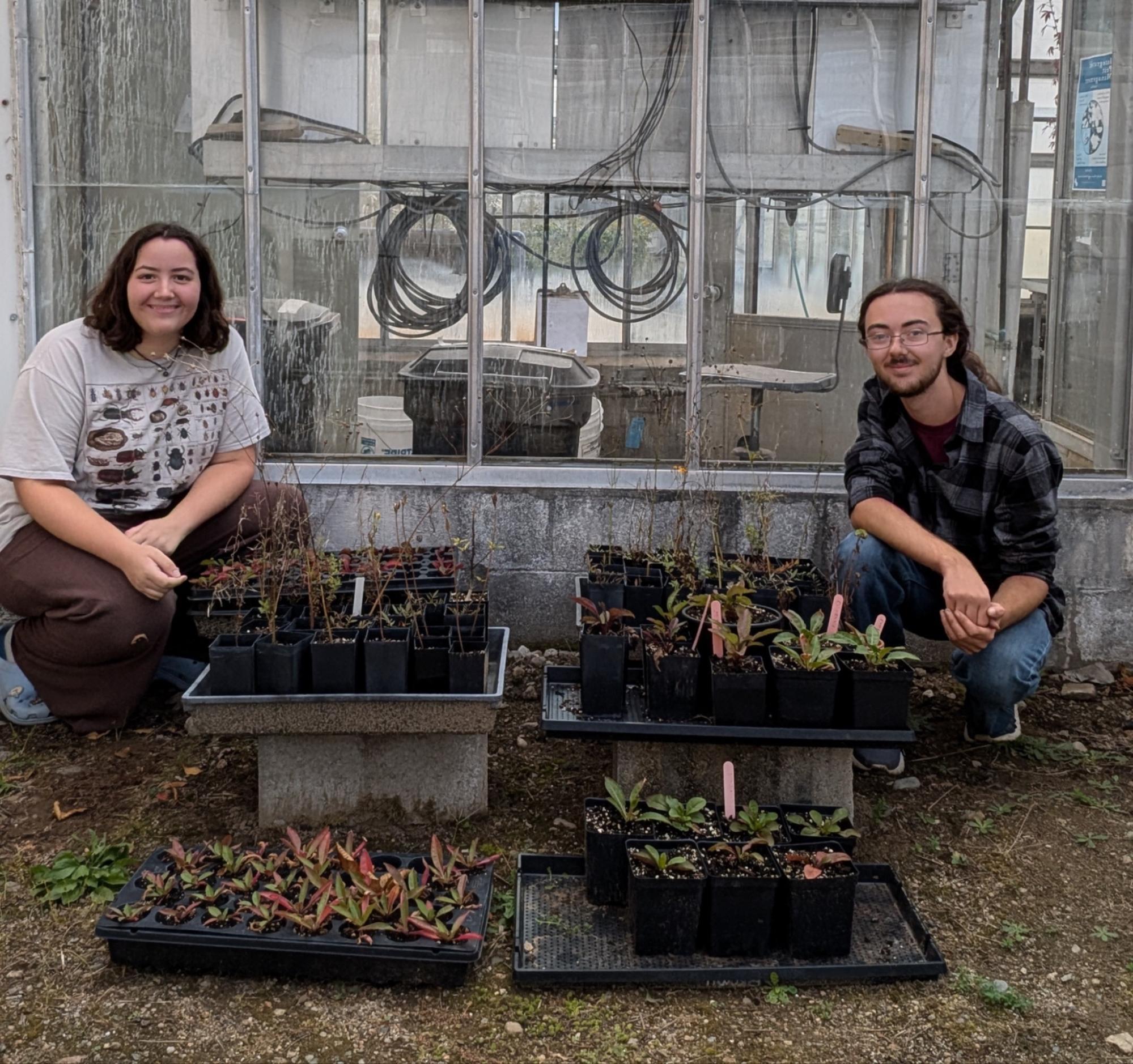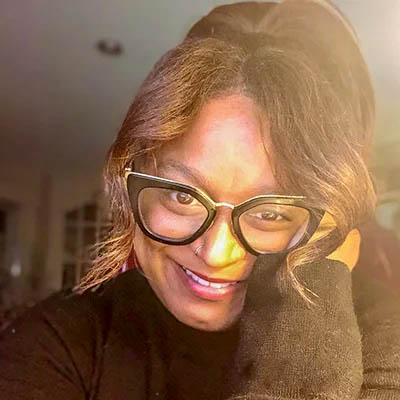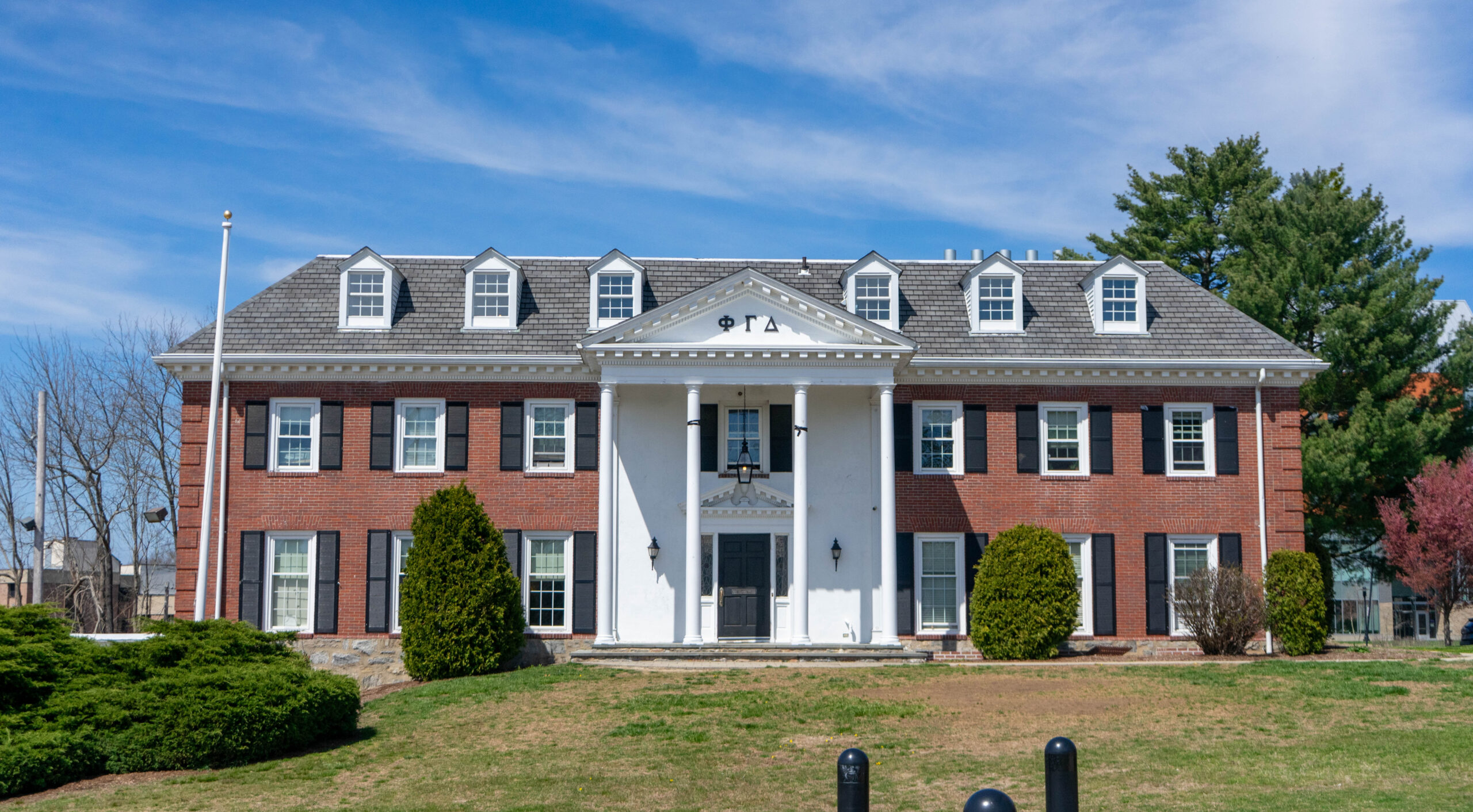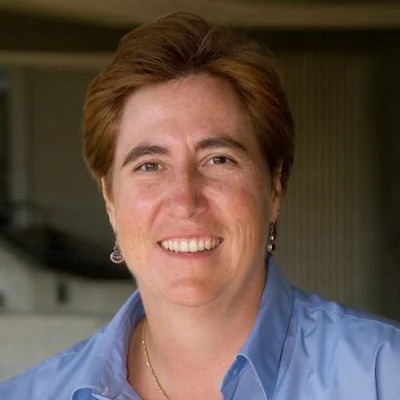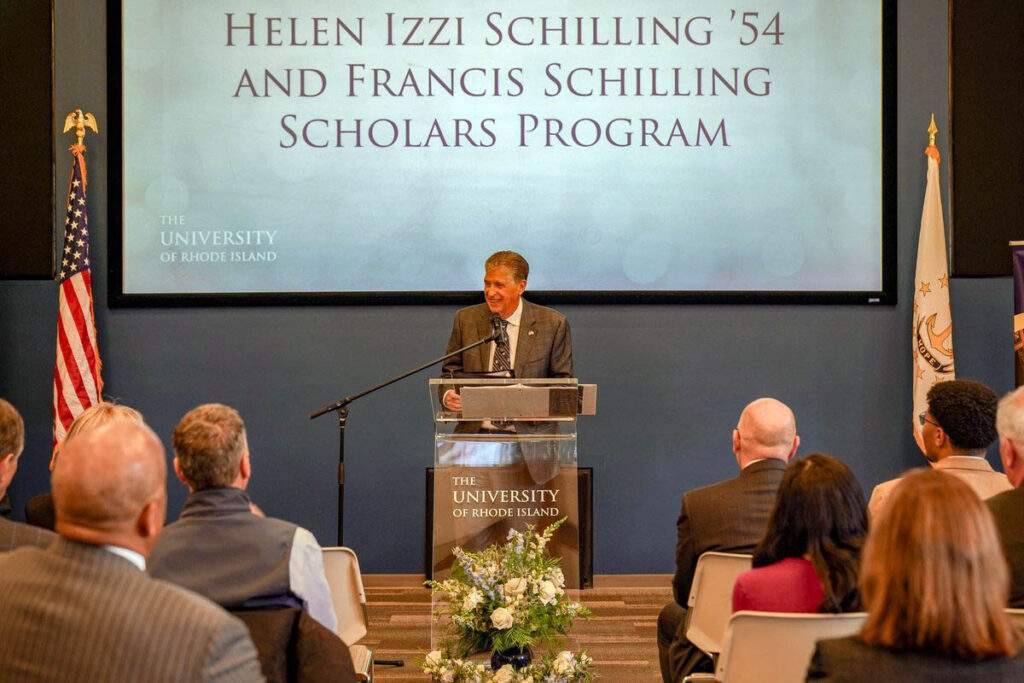Engineers for a Sustainable World, a non-profit organization at the University of Rhode Island, is working to rebuild nearby pollinator habitats by collecting seeds and organizing plantings across campus.
The group of eight students works in conjunction with invasion science professor Laura Meyerson’s NRS 401 class, Foundations in Restoration Ecology, according to third-year ESW student Westin Palumbo.
The goal of the project is to better manage the pollinator plantings already on campus, many of which have been taken over by invasive species, Palumbo said.
A tall plant with greenish whitish flowers, mugwort is the invasive species spotted the most in any planting, second-year ESW student Fiona Dell’Antonio said. The plant blooms around this time of year and is also one of the plants that tends to give people fall allergies.
The group’s tentative plan for the next few months is to collect seeds, organize the greenhouse and plan what will be planted and where, Dell’Antonio said.
The plants being grown in the greenhouse include white snakeroot, great blue lobelia, evening primrose, seaside goldenrod and foxglove beardtongue, according to Dell’Antonio. Additionally, the group is planning to pot two more species: golden tickseed and fringed willowherb.
In order to better manage what can be planted and where, students in the project formed a collaboration with URI Lands and Grounds.
“The closer towards the center of campus a planting is, the more strict Lands and Grounds are about what can be there because they are more focused on aesthetics and how things will spread,” Palumbo said. “More things are going to be permitted as you move further away because things are less cared for.”
The group has already spent some time alongside Lands and Grounds managing pollinator plantings, specifically plantings by Woodward Hall, Palumbo said.
ESW plans to expand their efforts through the creation, in the near future, of a volunteer system. With this system students would be able to set aside time, even if it is just 15 minutes, to go to a planting and help manage the area.
“Having enough permanent staff to upkeep everything on campus is just impossible,” Palumbo said. “I feel like the volunteer system is one way we can better control those areas once they’ve been fully planted.”
Additionally, the group is working on providing educational descriptions of the pollinator plantings through a mapping software, ARCgis , Palumbo said. ARCgis has a tool which would enable the plotting of different locations on a map, to which textual descriptions and links can be added, creating a virtual tour for students.
“Plants are kind of a blind spot for people,” Palumbo said. “I want people to be able to see the purpose of the plantings, the plants that are present in them and possibly the insects.”
The group is also working to strengthen plant survivability, which is an extensive but important process, Dell’Antonio said.
The process involves first starting the seeds outside over the winter as most native plants need a period of cold in order to germinate, Dell’Antonio said.
At a certain point in the spring, which is different based on the species, the plants are brought in to grow out, according to Dell’Antonio. Then, once they reach a certain size, they are brought back out again.
“For the annuals, they complete their life cycle outside and for the perennials that we have, we’re gonna keep them, grow them out a bit more and then plant them into the plantings,” Dell’Antonio said.
Although the project is run by ESW, it is essential for students to understand that it is not just geared towards students who are engineers, according to Dell’Antonio and Palumbo.
“It’s not necessarily engineering projects to push towards sustainability but more so projects that are engineering a more sustainable world,” Palumbo said.
Students of all fields and studies are welcome and encouraged to join the project, Dell’Antonio said. Meetings are held every Monday at 6:30 p.m. in room 40 of the Fascitelli Center for Advanced Engineering.

